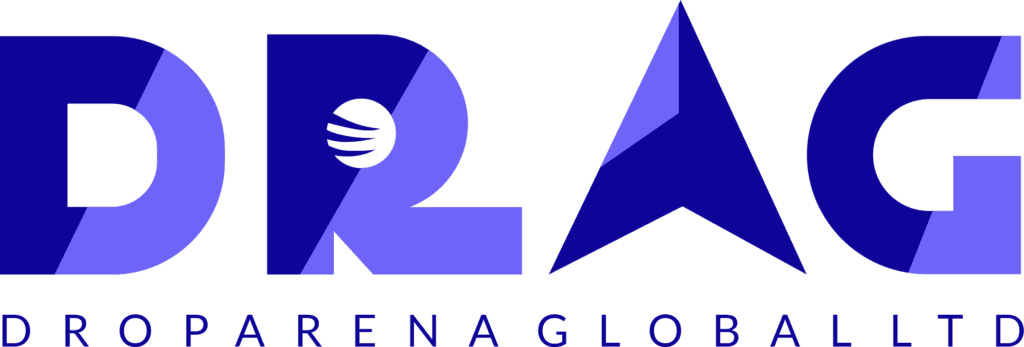In today’s digital landscape, having a well-designed website is just one piece of the puzzle. To truly stand out and attract visitors, your website must also be optimized for search engines. This is where the dynamic duo of SEO (Search Engine Optimization) and web design comes into play. When effectively combined, they can significantly enhance your online visibility and drive more traffic to your site. In this article, we’ll explore how SEO and web design work together and why their integration is essential for success.
1. The Foundation of User Experience
At the heart of both SEO and web design is user experience (UX). A well-designed website not only looks appealing but also offers a seamless experience for visitors. Here’s how they intersect:
- Responsive Design: With the rise of mobile browsing, having a responsive design is crucial. Search engines like Google prioritize mobile-friendly websites in their rankings. A responsive design ensures that your site adapts to various devices, enhancing user experience and SEO simultaneously.
- Navigation and Structure: A clear and intuitive navigation structure helps users find what they’re looking for quickly. Search engines also appreciate well-organized content, making it easier to crawl and index your pages. Use simple menus and clear categories to improve both UX and SEO.
2. Optimizing Content for Search Engines and Users
Content is king in the world of SEO, but it must also be presented effectively through design. Here’s how to harmonize the two:
- Keyword Integration: Integrate relevant keywords naturally into your content. This not only helps search engines understand your content but also ensures that users find what they’re looking for. Use headings, subheadings, and bullet points to make content scannable and engaging.
- Visual Elements: Incorporating images, videos, and infographics can enhance user engagement. However, these elements must be optimized for SEO. Use descriptive file names and alt text to help search engines understand the content of your visuals, improving your chances of ranking higher.
3. Page Load Speed Matters
Both SEO and web design focus on page load speed. A fast-loading website not only improves user experience but also affects your search engine rankings:
- Design Optimization: Use optimized images and limit the use of heavy scripts to enhance loading times. A clean design with minimal distractions ensures that visitors stay engaged rather than leaving due to slow speeds.
- SEO Best Practices: Search engines like Google consider page load speed as a ranking factor. Ensuring your site loads quickly can improve your visibility in search results, bringing more traffic to your site.
4. Technical SEO and Design Elements
Technical SEO refers to the behind-the-scenes aspects of a website that contribute to its performance in search engines. These elements are often intertwined with design:
- URL Structure: Clean, descriptive URLs are essential for both users and search engines. A well-structured URL should reflect the content of the page and be easy to read.
- Meta Tags and Headers: Properly formatted header tags (H1, H2, H3) not only enhance the design but also help search engines understand the hierarchy and relevance of your content. Use meta titles and descriptions to summarize your content and entice clicks in search results.
5. Building Trust and Credibility
Trust is a crucial factor in both user experience and SEO. A well-designed, professional-looking website conveys credibility to visitors, while strong SEO practices can improve your rankings and visibility:
- Secure Website: Implementing HTTPS is essential for both security and SEO. Search engines prioritize secure sites, and users are more likely to trust a website that protects their data.
- Consistent Branding: A cohesive design with consistent branding across your site builds trust. Ensure that your logo, color scheme, and typography align with your brand identity, reinforcing your credibility.
Conclusion: A Unified Approach for Success
The synergy between SEO and web design is undeniable. By integrating these two essential elements, you can create a website that not only looks great but also ranks well in search engine results. Focusing on user experience, optimizing content, enhancing page speed, and paying attention to technical SEO will significantly boost your online visibility.
If you’re ready to elevate your website and harness the combined power of SEO and web design, contact us at DRAG. Let’s work together to create a stunning, high-performing website that drives traffic and generates leads. Don’t forget to follow us on Twitter and LinkedIn for more insights and tips on maximizing your digital presence!

